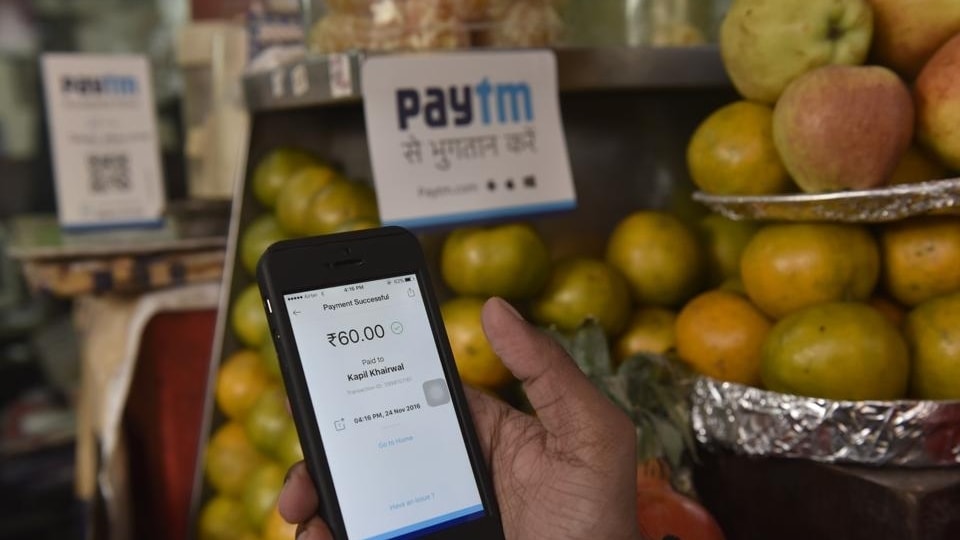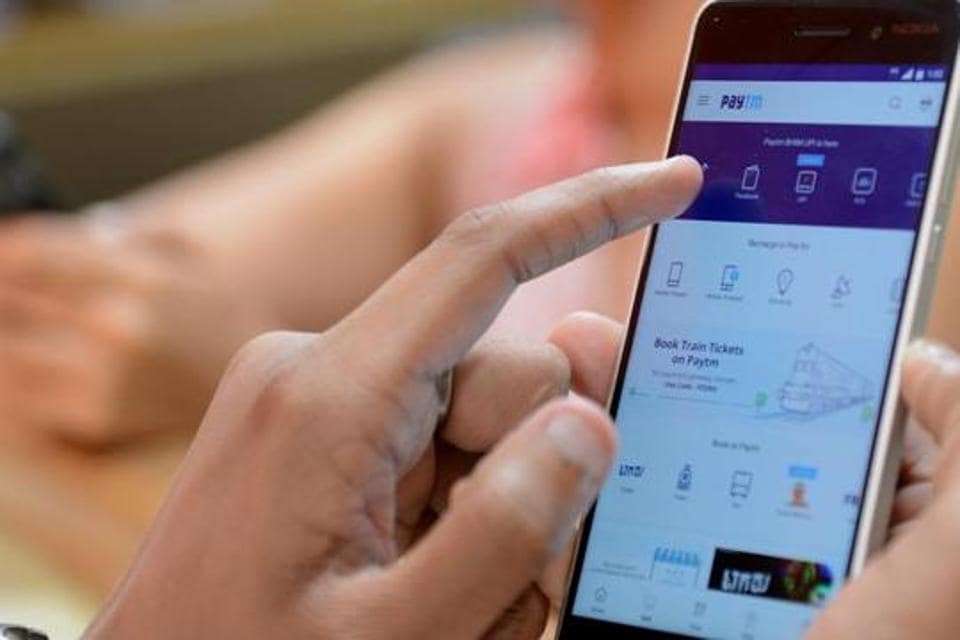Beware! 'FakeCalls' Voice Phishing scam could steal your bank account information
A new phishing attack is targeting people with scamsters masquerading as bank employees.






 View all Images
View all ImagesIn today's digitally connected world, cybercriminals are getting more and more cunning. New phishing scams, malware and other forms of cyber-attacks are discovered almost every day that target innocent people. Just recently, a new type of scam was discovered where viewers who wanted to watch free movies were getting their money stolen. Then there's phishing attacks. Cybercriminals masquerading as executives of trustworthy companies or even of banks, target users through fake messages and calls, directing the victim to phishing websites.
Voice Phishing
Cybersecurity experts discovered malware known as FakeCalls, which used voice phishing to intercept customer support calls and steal financial data. According to a report by cybersecurity firm Check Point, FakeCalls Trojan uses a scamming technique called Voice Phishing where it pretends to be “one of more than 20 financial applications and imitate phone conversations with bank or financial service employees.”
FakeCalls is specifically targeting South Korea. The country has had a long history of voice phishing attacks with financial losses due to voice phishing constituted approximately 600 million USD in 2020, according to a government report.
How does the scam take place?
Prominent financial institutions are targeted by cybercriminals behind the voice phishing attacks. They create imitation, or fake, apps of these companies to increase their chances of finding appropriate victims. When the victim downloads the FakeCalls malware, they are unaware that the "trustworthy" internet banking application from a reputable organization has hidden traps.
The next step involves playing a pre-recorded audio track which simulates the bank's instructions. Different malware samples include several audio tracks for various financial organizations. The malware operators gain access to the victim's private financial data, achieving their attack objectives successfully.
Kaspersky report
According to a report by Kaspersky, FakeCalls was found to be the second most common mobile banking Trojan with over 8.27% installs. However, it lost out to Bray by a considerable margin, which took the first place with nearly 66.40% installs.
Catch all the Latest Tech News, Mobile News, Laptop News, Gaming news, Wearables News , How To News, also keep up with us on Whatsapp channel,Twitter, Facebook, Google News, and Instagram. For our latest videos, subscribe to our YouTube channel.


























